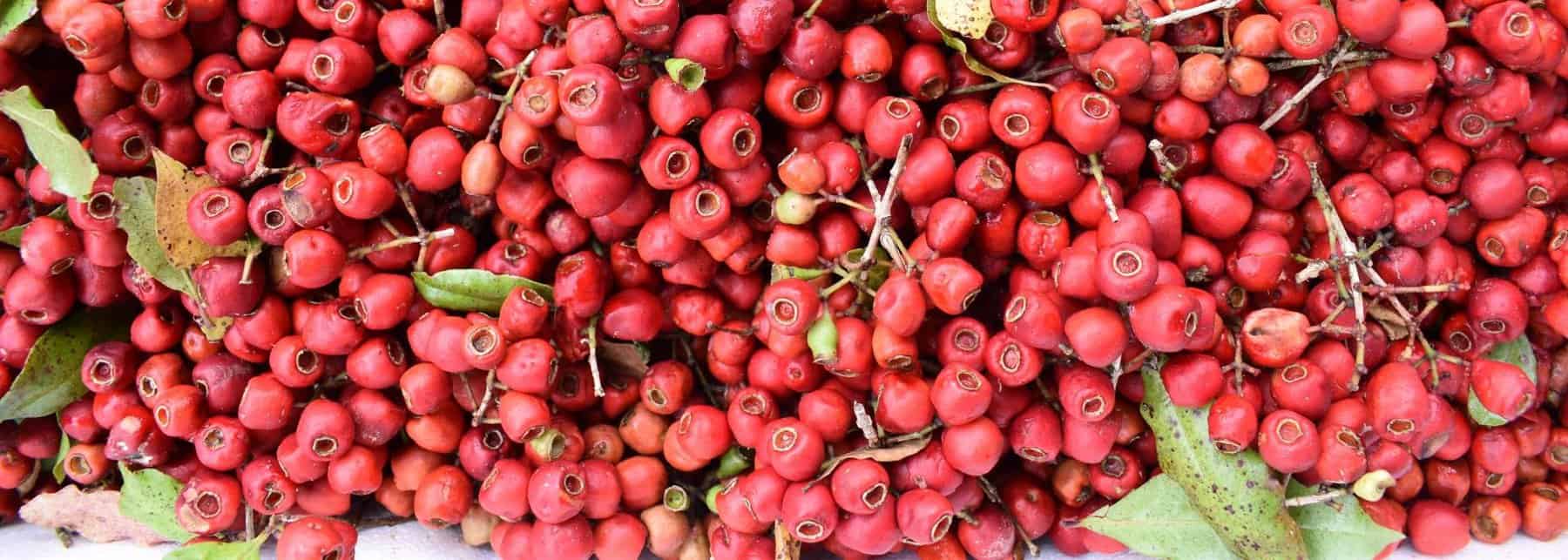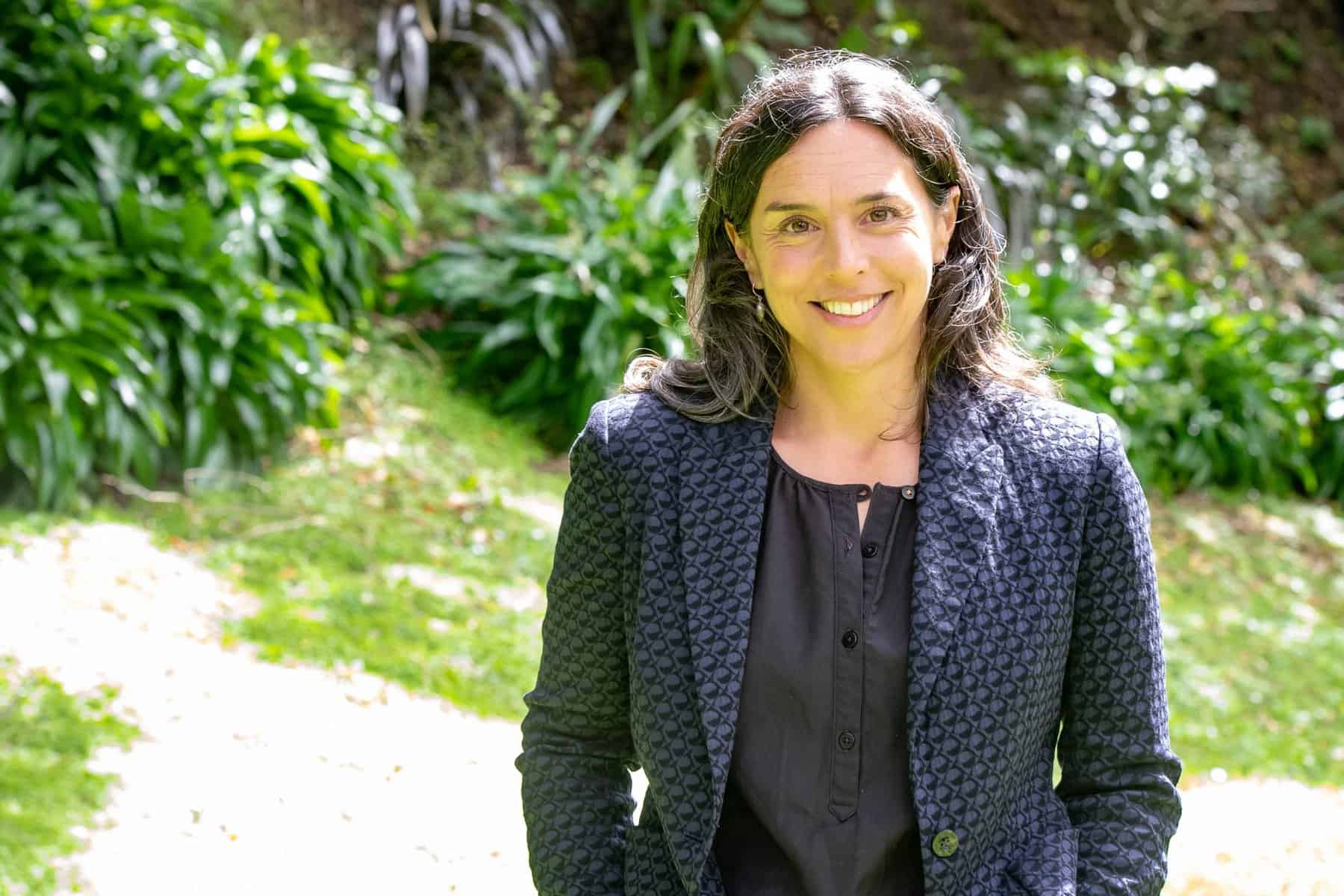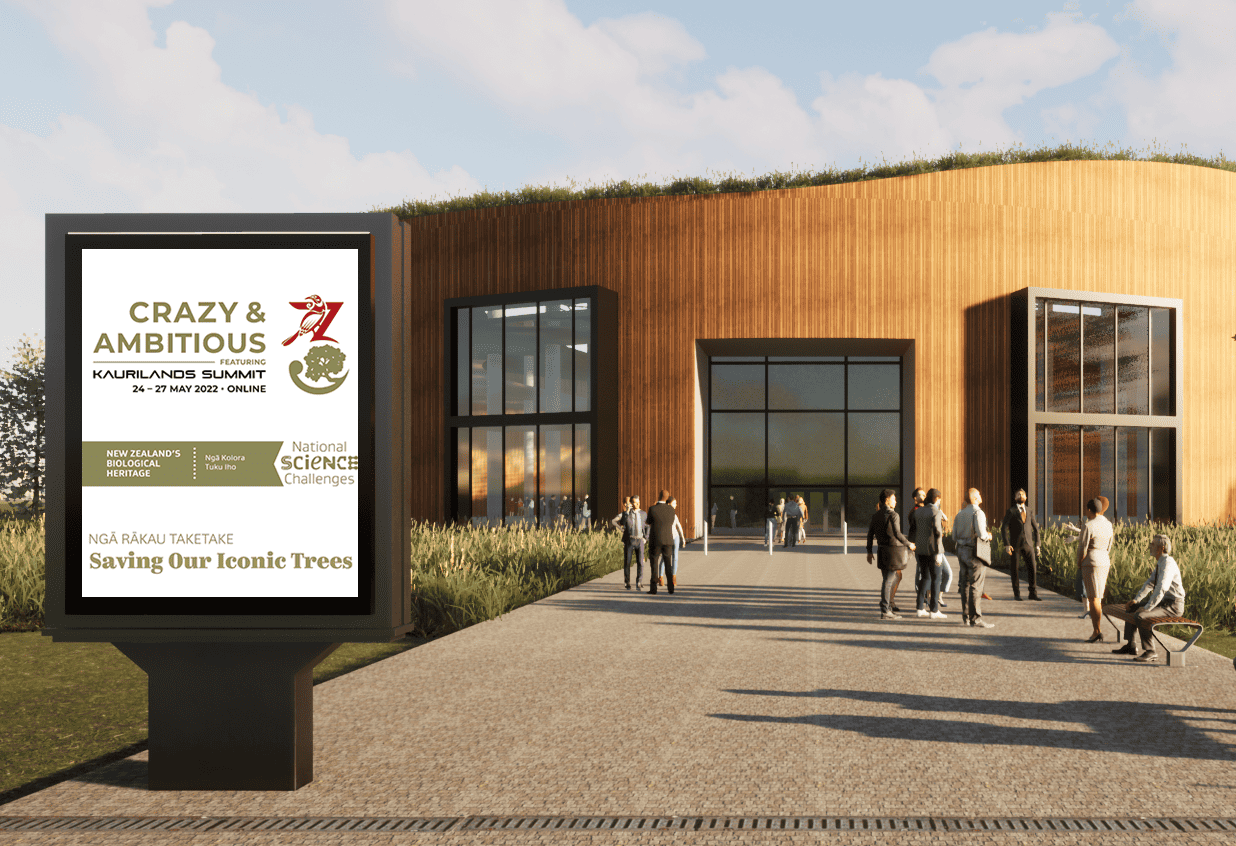A new species of gall midge, Mycodiplosis constricta, has been described. Taxonomists and entomologists may be excited to know that this is the first described species of Mycodiplosis recorded from New Zealand. For the rest of us, the most interesting thing about this species is what it feeds on: the urediniospores of Austropuccinia psidii, the fungus that causes myrtle rust.
Category: News
Ngā Pī Ka Rere spotlight: Marcus-Rongowhitiao Shadbolt, passionate about seed conservation
Ngā Rākau Taketake welcomes Marcus-Rongowhitiao Shadbolt, a new Master’s student under the Oranga and Conservation & Restoration research themes. He will be looking at how we can best conserve New Zealand’s seeds.
Ngā Pī Ka Rere spotlight: Welcome Phoebe Fordyce, TTW research and policy analyst
In February this year, Te Tira Whakamātaki and Oranga research theme welcomed Phoebe Fordyce, a research and policy analyst, to their teams. We spoke with Phoebe about her background, the work she has been doing so far, and what she is excited about for the future.
Mātauranga-a-Iwi vital in the restoration of biodiversity
A new BioHeritage research programme, He Mātai i te Taiao (The perpetual sensing of the natural environment), aims to develop a system that enables mātauranga-a-Iwi (localised Māori knowledge) monitoring frameworks and approaches, providing vital evidence for the empowerment and actioning of kaitiakitanga.
New paper outlines the challenges of preserving maire tawake seeds
Maire tawake, or swamp maire (Syzygium maire), is being threatened by climate change, habitat loss and myrtle rust. We could use seed banking to protect this plant. However, seed storage isn’t always as straightforward as it sounds.
Maria Bargh appointed to independent electoral law panel
Dr Maria Bargh, co-lead of the BioHeritage Adaptive Governance and Policy programme, has been appointed as deputy chair of an independent panel that will be reviewing electoral law in Aotearoa New Zealand.
Two students giving us the scoop on kauri soil
Two Auckland University of Technology students have teamed up to give a comprehensive picture of the biotic and abiotic components of kauri soil.
Defining ‘eradication’: evolving terminologies in biosecurity spaces
Why might kaimahi working in biosecurity choose to term a project as suppression, control, or elimination instead of eradication? BioHeritage reached out to two of Aotearoa New Zealand’s leaders in biosecurity to turn over some of these stones and examine the nuances in our terminologies.
The river of life, each curve more beautiful than the last: BioHeritage welcomes Erina Watene-Rawiri as Pou Pūtaiao
Erina was kind enough to share some of her perspectives with us as she gets started in her new role.
Crazy & Ambitious 3 brought together leading minds in biosecurity and biodiversity
We heard from over seventy kaikōrero (speakers) across the week. Of particular note were the keynote speakers – Aroha Mead, Daniel Hikuroa, Graeme Marshall, Jessi Morgan, Haami Piripi, Jack Craw and Catherine Febria. A huge thanks to them for their insights, time and kōrero. To view their speaker profiles follow this link. This year the conference moved […]
Rangatahi create thoughtful and heartfelt artworks to inspire change
An incredible cohort of rangatahi (young people) have pulled together to create a series of artworks under the banner of ‘The Great Kiwi Poster Competition’, the third organised by the accoladed Ōtepoti artist Bruce Mahalski.
What do the Queensland fruit fly and the red imported fire ant have in common? A threat to Aotearoa
Will Eason is researching ways to engage the public in the response to biosecurity incursions, as part of a Master of Strategic Communication at the University of Canterbury.
How our values affect the response to myrtle rust
Aspen Berry (Kāi Tahu) is looking at communication related to the campaign to manage myrtle rust as part of a Masters in Strategic Communication at the University of Canterbury.
Myrtle rust: How bad is it really?
Five years into the myrtle rust incursion, the question on everybody’s lips is, “How bad is it really?” According to Beccy Ganley, Ngā Rākau Taketake Science Leader, we don’t know.
Ngā Rākau Taketake – a small piece of a bigger effort
Anniversaries, good or bad, are a time for reflection. As we observe the five-year anniversary of myrtle rust’s arrival on mainland New Zealand, we find ourselves looking back over the strides made in research, where Ngā Rākau Taketake has contributed, and the future of myrtle ora (health) in New Zealand.
Many hands make light work
There are many wonderful groups and organisations who operate in the myrtle rust space and have progressed myrtle rust research over the last five years. Below are statements from some of these groups on the work they do to understand, monitor, fight, and raise awareness for this devastating disease.
Please note that this is far from a comprehensive list! If you do work on myrtle rust and would like to be included in this list, please reach out so we can represent all your excellent mahi.















